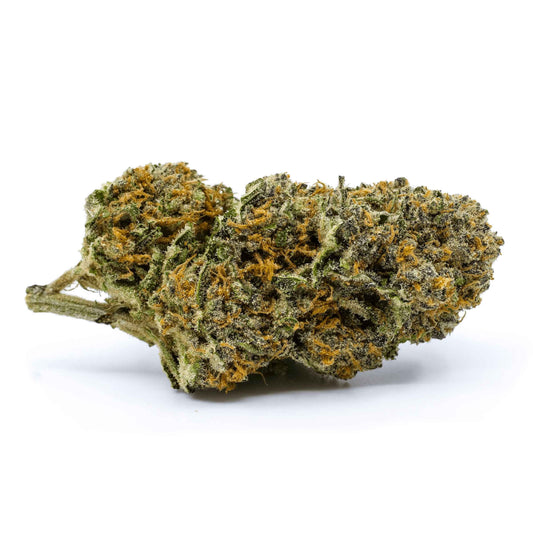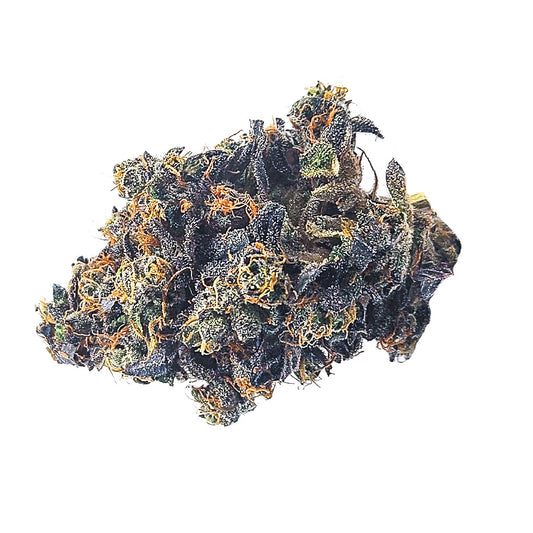The mysterious relationship between cannabis consumption and dreams has captivated the curiosity of many. Users often report altered dream patterns, including reduced recall or modified experiences. In this article, we embark on an exploration of the multifaceted reasons behind the variable dreamscape of cannabis enthusiasts. We delve into the intricate factors that contribute to this enigmatic connection without relying on specific sources.
The Intricate Influence on Sleep Cycles
One compelling explanation for the altered dream patterns associated with cannabis lies in its impact on sleep cycles. Research suggests that THC, the psychoactive compound in cannabis, can affect different stages of sleep, including the REM (rapid eye movement) phase crucial for dreaming. THC's influence on the endocannabinoid system (a network of receptors and neurotransmitters in the brain), may disrupt the your REM sleep cycle, which can lead to changes in your dream patterns.
Decoding the Role of REM Sleep:
REM sleep, characterized by heightened brain activity, vivid dreams, and rapid eye movements, serves as the primary stage for dreaming. THC's interaction with the endocannabinoid system can potentially suppress REM sleep, resulting in reduced dream recall for some individuals. This interruption in the natural rhythm of dreaming contributes to the intriguing puzzle surrounding cannabis and its effects on the dream world.
Individual Variances in the Dream Tapestry:

Understanding the relationship between cannabis and dreaming requires acknowledging the considerable variations among individuals. Factors such as dosage, frequency of use, strain selection, and individual biology all play a role in shaping dream experiences. While some may not perceive notable changes in their dreams after consuming cannabis, others may encounter more pronounced alterations, illustrating the diverse tapestry of dreamscapes influenced by cannabis.
Unveiling Additional Factors at Play:
While the focus often rests on cannabis's impact on REM sleep, it is vital to consider other contributing factors. Emotional state, stress levels, and overall sleep quality significantly influence dream recall and intensity. Cannabis interacts with these variables, resulting in distinctive dream patterns that vary among individuals. The intricate interplay between cannabis and these factors adds layers of complexity to the understanding of the cannabis-dream relationship.
Tolerance and Adaptation:
Regular cannabis users may develop tolerance to the effects of THC over time, potentially minimizing disruptions to REM sleep and normalizing dream experiences. Conversely, individuals who take breaks from cannabis use may encounter a rebound effect, wherein REM sleep and dream intensity are heightened during the period of abstinence. These adaptations further shape the ever-changing dreamscape experienced by cannabis users.

The Multifaceted Nature of Dreams:
Dreams, intricate phenomena shaped by diverse influences, extend beyond the realm of cannabis consumption alone. Emotions, personal experiences, and subconscious processes intricately intertwine, molding the content and intensity of dreams. While cannabis contributes to certain aspects of dream experiences, comprehending the effects of cannabis on dreaming necessitates acknowledging the multifaceted nature of dreams themselves.
In conclusion, the captivating relationship between cannabis consumption and dreams demands ongoing scientific exploration. While individuals may report diverse dream patterns after using cannabis, the mechanisms underlying these alterations remain complex and personalized. THC's impact on REM sleep, tolerance, and the interplay with various personal and environmental factors all contribute to the intricate tapestry of dream experiences among cannabis consumers. Unraveling the interwoven threads of cannabis and dreaming necessitates continuous research and a profound appreciation for the captivating nature of dreams.
























































